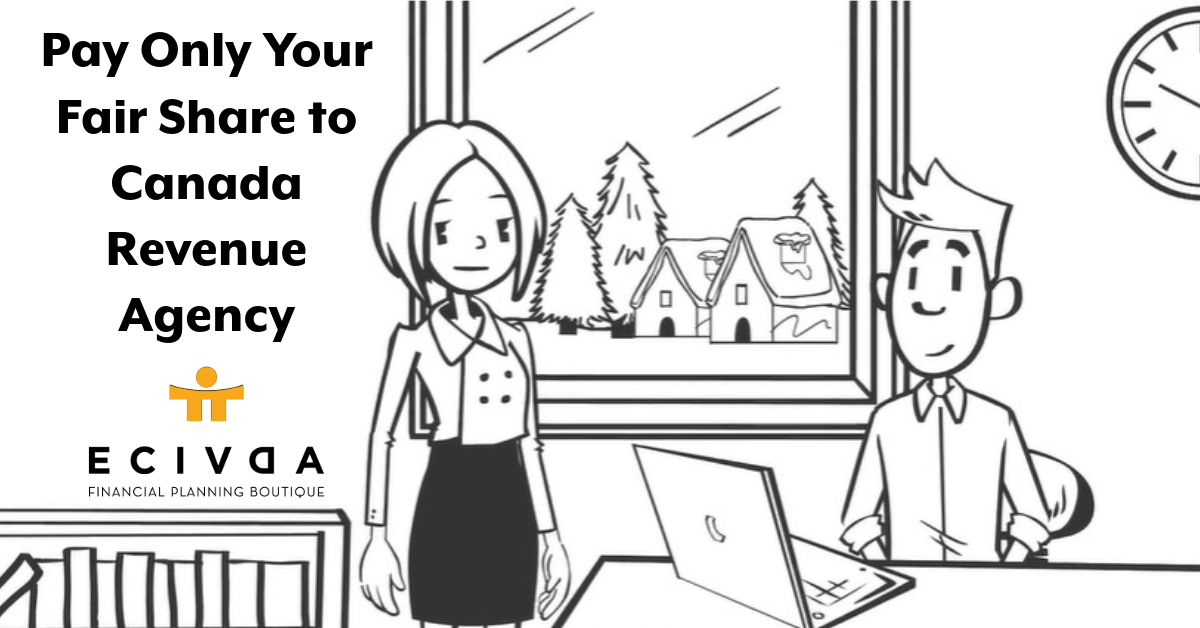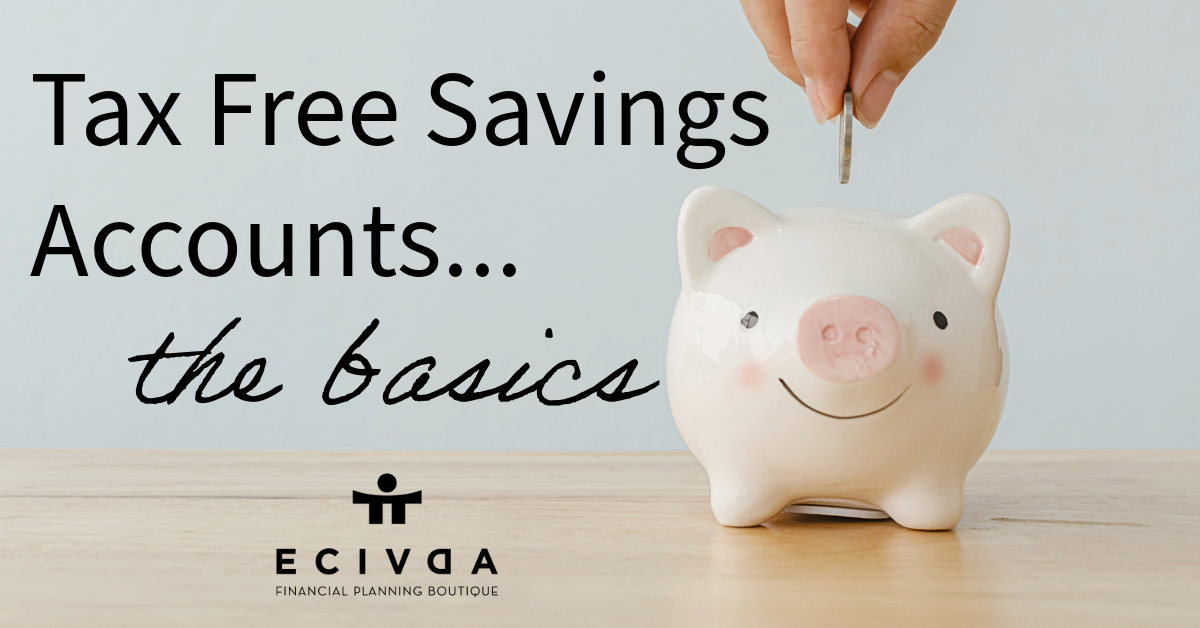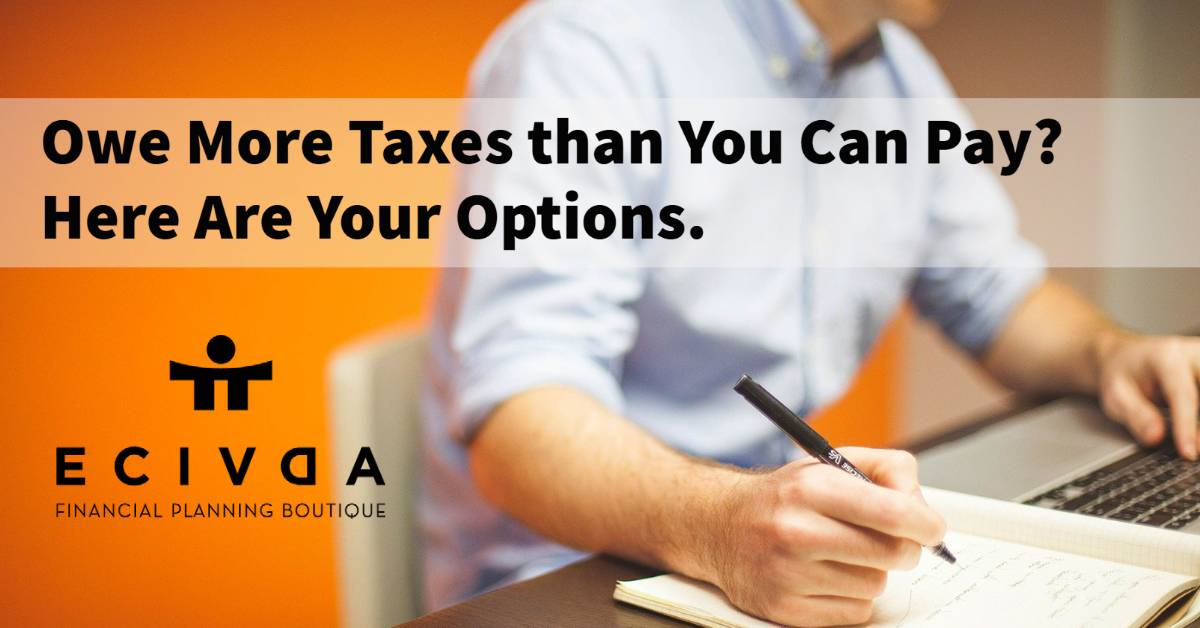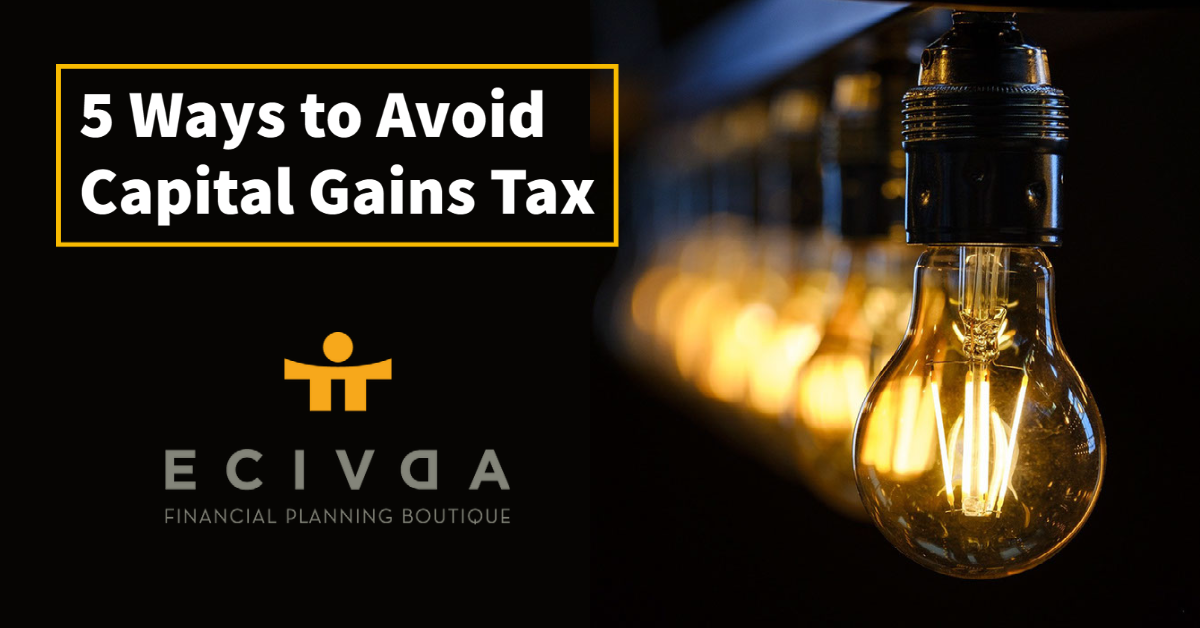Pay Only Your Fair Share to Canada Revenue Agency
Executive Summary
Tax season is hardly anyone’s favourite time of year. What can make it even worse is seeing a negative balance on your tax account and having to pay extra income tax to the CRA. Simply being aware of a few tax planning strategies can help ensure that you don’t get hit hard when tax season rolls around.
What You Need to Know
- RRSP Contributions – Contributions to an RRSP are deductible against your income tax, which can result in either a deduction in your taxes or even a refund. RRSP contributions are reported on line 208 of your T1 General Tax Return. The financial institution that holds your investment will issue your tax receipts. Contributions from March-December 2023 will be taxed on your 2023 return, but any contributions made between Jan 1, 2024- Feb 29, 2024 can be taxed on either your 2023 or 2024 return. Taxpayers can contribute up to 18% of their income every year to their RRSP.
- Capital Gains/Losses – Many people are aware that any capital gains on their investments must be reported on their tax return; however, you can also report your capital losses. Capital losses can offset capital gains on your tax return, therefore lowering your tax bill. While there are a few exceptions, capital losses can generally be carried forward indefinitely and carried back three years.
- Carrying Charges – If you earned investment income last year, the CRA would allow you to claim carrying charges against certain types of income. There can be some gray areas with carrying charges, it is always best to check with a tax professional regarding what can and cannot be claimed. Types of charges can include:
-
- Investment fees and fees for looking after your investments.
- You may be able to claim fees involved with obtaining financial advice.
- Fees paid to an accountant.
- Any interest paid for a policy loan that was used to earn income.
- Legal fees involved in getting support payments that your current or ex-spouse will have to pay to you.
- Changing Tax Rules – Last but not least, the best way to make the most of your taxes is to keep up with the ever-changing tax rules. New deductions and credits are being added all the time though they may not be widely advertised. Taking some time to find out what’s new this year might present you with a tax-saving opportunity you may not have otherwise known about.







